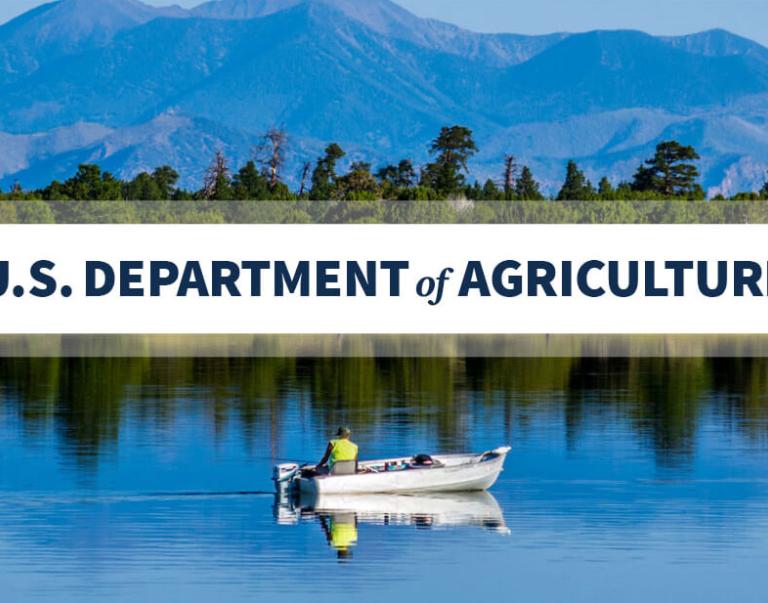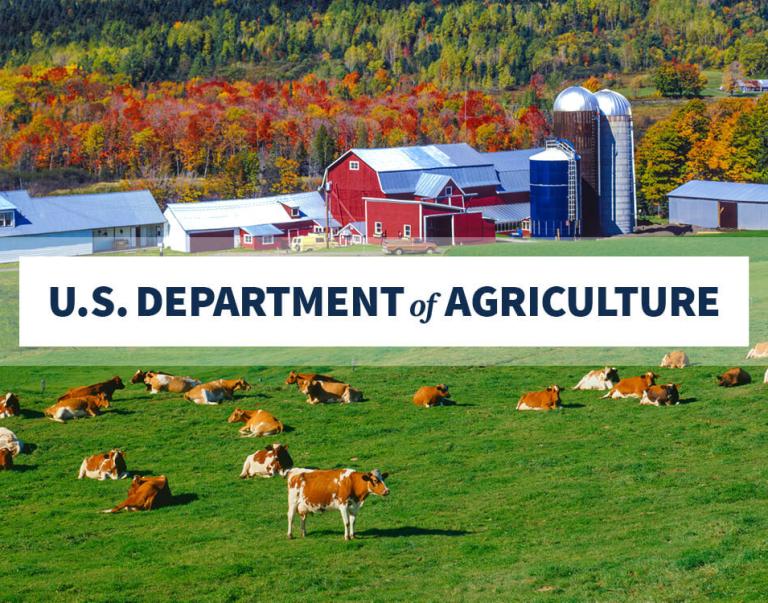
This post is part of the Science Tuesday feature series on the USDA blog. Check back each week as we showcase stories and news from USDA's rich science and research portfolio.
Although corn is perhaps the most familiar player on the American biofuel scene, scientists with USDA’s Agricultural Research Service (ARS) say in the long run, barley and its byproducts could prove to be a viable renewable fuel option.
ARS scientists say that barley leftovers such as straw, hulls, and dried distiller grains (DDGS) can be used to produce an energy-rich product called bio-oil. Bio-oil offers several advantages. It can potentially be refined, stored and distributed with the current infrastructure of the United States to carry petroleum fuel. There’s also the possibility that consumers filling up their tanks with gas or diesel derived from bio-oil wouldn’t need special adaptations to their fuel systems.
The ARS scientists have evaluated yields of bio-oil from all three byproducts of barley grain fermentation to produce ethanol, a biofuel option that’s gaining ground in the Mid-Atlantic states and the Southeast. Farmers can grow barley as a winter cover crop while still leaving their acreage free for corn and other food crops in the summer.
To produce the bio-oil, scientists used a process called “fast pyrolysis,” which involves an intense burst of heat delivered in the absence of oxygen. In the lab, a kilogram of barley straw and hulls yielded about half a kilogram of bio-oil with an energy content about half that of No. 2 diesel fuel oil.
The energy content of bio-oil from the barley DDGS was even higher, about two-thirds that of No. 2 fuel oil. But, the DDGS-based bio-oil was stickier and had a shorter shelf life than the bio-oils produced from the straw and hulls.
Barley-based bio-oil has a lot to offer, not the least of which is winter barley production’s potential to help reduce soil erosion and nitrogen leaching—both major concerns for farmers in the Chesapeake Bay watershed. That means barley could be good for the biofuel industry, good for farmers’ bottom line, and good for the health of the Bay.



